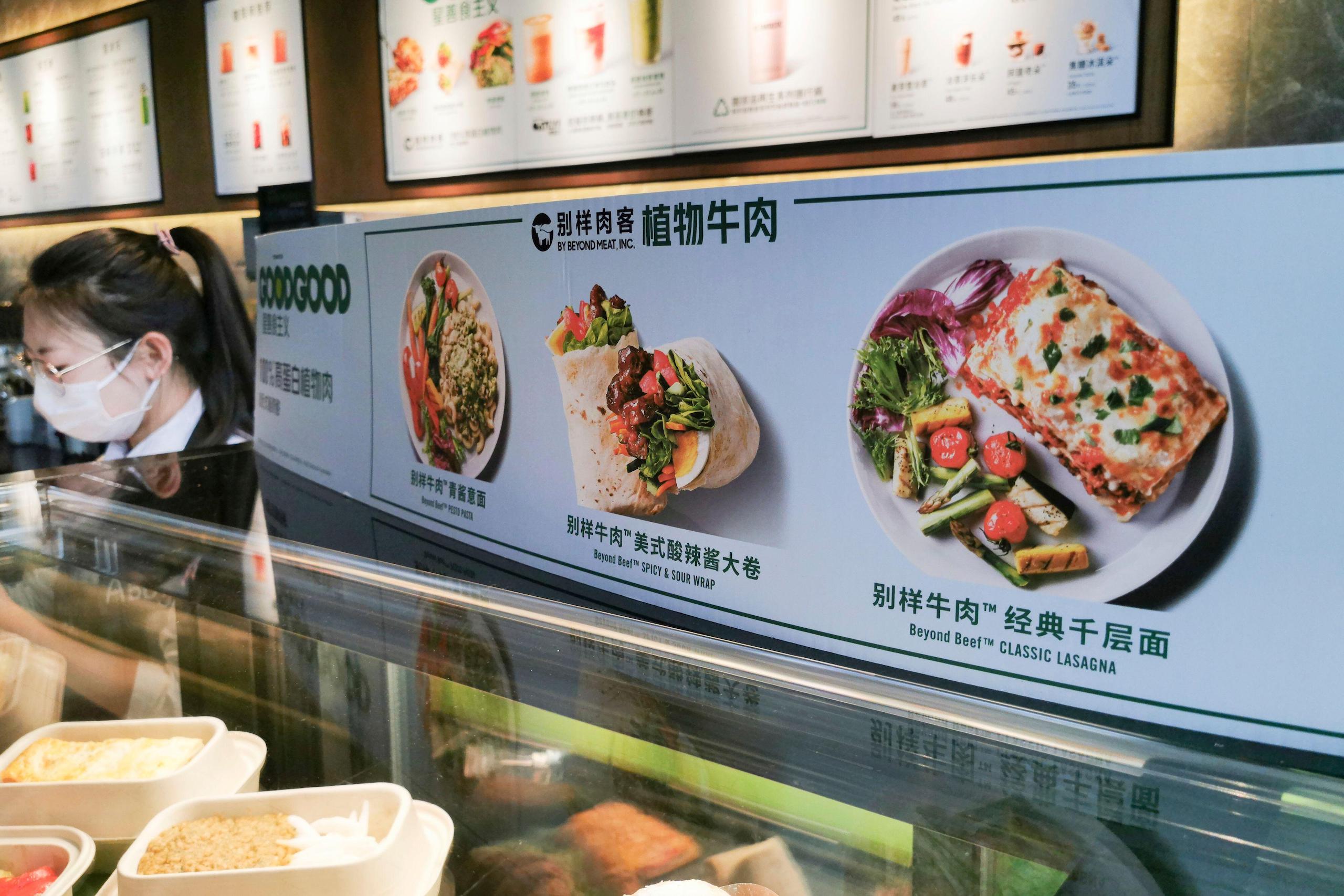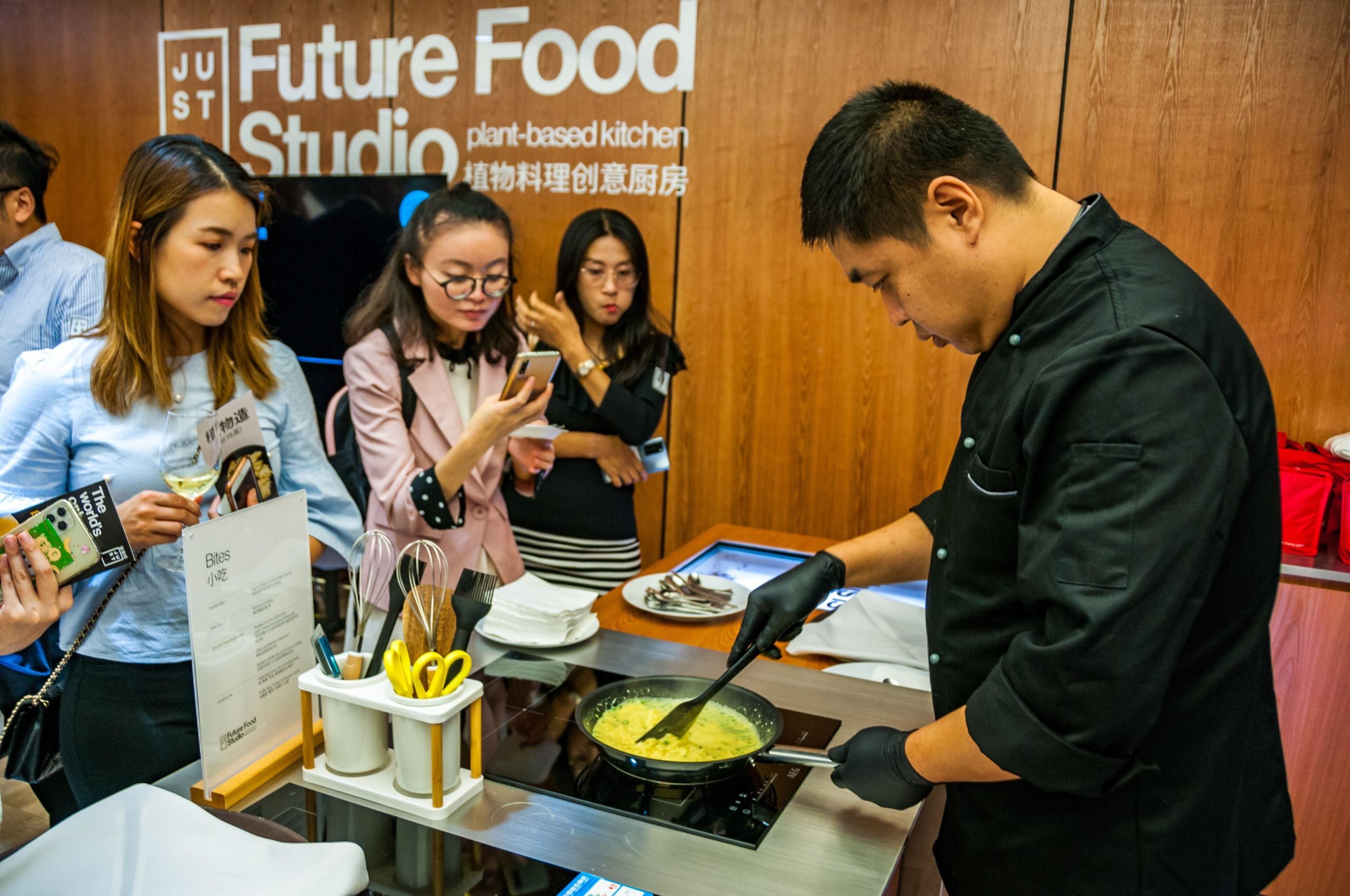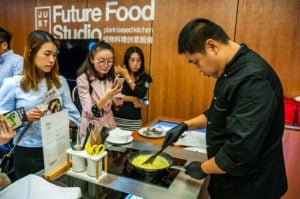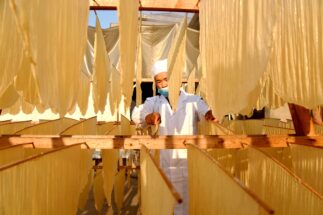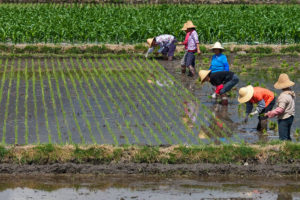The global food system is increasingly moving towards a sustainable transformation, and China is looking to play a key role. Wide-ranging initiatives in the country have the potential to create new opportunities in agritech, whilst addressing critical issues, such as food security and the sustainability of agriculture.
Examples include, a leading Chinese cellular agriculture start-up, CellX, receiving US$6.5 million in June to launch China’s first cultured meat pilot facility.
In August, Cargill, an agribusiness headquartered in the US, opened a new animal nutrition factory in Nanping, Fujian province, which aims to enhance animal health and food safety by adopting a swine-fever control system and safer production of fermented foods.
And, from 2 November, Beijing will host the World Agri-Food Innovation Conference, which will address themes of food security and future agritech.
Diversifying the food supply chain
China has been one of the biggest net importers of agricultural products since 2004, accounting for about 60% of global soy imports, and leading to concerns by experts about import overreliance. In 2022, President Xi Jinping noted the importance of safeguarding food security to improving self-sufficiency and overall national security. This stance was reflected in the 14th Five-Year Plan (2021-2025) for economic development, which underscores China’s need to continue achieving an annual grain production of more than 650 million tonnes a year alongside rural development plans.
The government’s interest in using technology to mitigate food systems risks was confirmed in specific references to “cell-based meat, synthetic egg cream, functional recombinant protein cultivation” in the 14th Five-Year Plan for agriculture, which outlines measures to promote cell-based meat and other protein sources.
FAIRR, a network of investors focused on the sustainability of food, defines “alternative proteins” as those produced from plants or novel protein sources, rather than animals. These can support a global shift towards the EAT–Lancet Commission’s Planetary Health Diet, which emphasises a “plant-forward” mix where meat and dairy constitute smaller proportions than whole grains, fruits, vegetables, nuts and legumes.
There are signs that consumer dietary preferences in China are already shifting towards safer and more sustainable foods. In a 2022 survey of 579 Chinese consumers in four major cities, 85% of respondents had consumed plant-based meat alternatives before and were willing to pay more for these products. Asia Research and Engagement, a Singapore-based social enterprise, projects that to align with a climate-safe scenario, by 2060 China would rely on alternative protein sources for 50% of its protein consumption. This it breaks down as plant-based proteins (24%), fermentation-derived (16%), and cultivated meats or seafood (10%).
Agritech and food innovation investment
Agricultural modernisation efforts have greatly boosted agritech market growth in China, which in 2021 was up over 18% on the year before. An example of such investment is Pinduoduo: the online grocery platform launched a 10 billion yuan (US$1.5 billion) campaign in 2021 to connect agricultural producers with consumers.
Regarding seeds, private biotech companies are actively engaged in the sector and have been promised public research and development investment. Zhang Taolin, vice minister of agriculture, has said that a select group of “superior enterprises”, including seed firms, should be given priority support to boost China’s seed sector as part of its food-security strategy. Some of these companies’ shares have increased by 100% since 2020. Agritech investments offer opportunities for investors to diversify their portfolios, capitalising on increased demand for innovative farming solutions, and supply chain optimisation, as China’s rural areas undergo transformation. These agricultural modernisation efforts are related to the 2023 Rural Revitalisation Strategy to strengthen China’s agriculture sector through “smart agriculture and digital villages”.
Private investment into agritech research and development is increasing, with $1.3 billion secured in 2022, of which biotechnology attained $642 million, followed by bioenergy ($206 million) and innovative food ($135 million). It is unclear what amount has gone specifically towards alternative protein, but such data may be available in future.
On an international level, China has been partnering with countries such as the UK on agritech innovation. Multiple UK universities have joined the “Agri-Tech in China Network+” led by agricultural research institution Rothamsted Research, to invest over the coming years in assisting China’s sustainable agricultural transformation.
Overall, China’s agritech influx shows potential to scale sustainable production and consumption of alternative meats in future.
Policy developments and opportunities
The 2022 FAIRR Sustainable Protein Transformation in China Index ranked 10 out of the 12 Chinese companies analysed as “high risk” in terms of greenhouse gas emissions. However, whilst still ranking as high risk on average across all sustainability categories, the average scores improved from 12 out of 100 in 2021 to 15 in 2022. According to the index, the number of Chinese companies that have developed an alternative protein product portfolio increased from three to four out of the 12. With this increase, FAIRR expects further regulatory developments in China to support alternative protein production, as its potential in building a sustainable food system is increasingly recognised.
China’s role as a hub for sustainable finance and ESG disclosure is expanding. In June 2023, the IFRS (International Financial Reporting Standards Foundation) officially opened an International Sustainability Standards Board (ISSB) office in Beijing, supported by the Ministry of Finance. Chinese legislators have continued pushing for mandatory ESG disclosure frameworks for listed companies to be recognised internationally. Recently, the State Council issued a notice supporting ESG disclosures by listed state-owned enterprises (SOEs) based on findings from international standards bodies to assist the implementation of a three-year Work Plan, requiring listed SOEs to disclose special ESG reports by the end of 2023.
Similarly, other countries in Asia have announced plans to innovate in the agri-food space, including on alternative protein, which may spur regional competition. Japan has announced plans to develop a cultivated meat industry, while South Korea opened a new centre on cellular agriculture, featuring the world’s largest piece of cultivated meat. In 2021, Singapore famously became the first country to approve the sale of cell-based chicken.
Agritech must align with 1.5C
In July, President Xi called for increased efforts to build a “Beautiful China” and reiterated Beijing’s aim to peak carbon emissions before 2030 and achieve carbon neutrality before 2060. This follows recognition in the 14th Five-Year Plan for agriculture as a significant contributor to greenhouse gas emissions. China’s food system accounted for 14% of its emissions in 2020, and agricultural CO2 emissions grew from 48 million tonnes to 101 million tonnes between 2000 and 2019. This has accelerated the push for climate-smart practices in agri-food systems, including sustainable livestock management, carbon labelling, and the setting of food-loss and waste-reduction targets.
While China has signed the Global Deforestation Pledge, it still faces deforestation and biodiversity risks through its agricultural imports. It is yet to sign the 2021 Global Methane Pledge to reduce emissions of the gas by 30% by 2030. Globally, 42% of methane emissions comes from agriculture, with China the largest contributor. However, the country has announced that it will formulate a National Action Plan on methane, and issued policy guidelines on reducing methane from rice farming, while testing new agritech.
With all these developments, China has an opportunity to be a global leader and pioneer in agritech innovation to address climate risks, including through sustainable protein innovation. By strategically integrating agritech approaches, China may make significant progress toward aligning with the Paris Agreement goal of keeping global warming to 1.5C, while improving agricultural productivity and food security.
